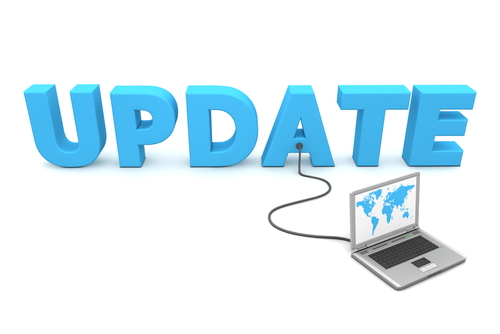
One of the most vital advantages to always-on network access like that provided by the Internet is the ability for software developers and hardware manufacturers to provide endless updates to their products and operating systems. Programmers usually refer to these updates as “patches,” which is simply a metaphor for a small bit of software used to modify the larger software applications.
These patches can be dramatically valuable to software users, as they often provide new features, better security and more efficient operation without the necessity of replacing one application with another. Patches can be applied to any kind of software from operating systems to mobile apps, so nearly any user of technology can take advantage of them. Here are some things to keep in mind about software updates for your technology.
Earlier is Better
In a significant number of cases, software patches are issued to address a security issue. It is for this reason they should be installed as soon as they are available or as soon as is practical. As long as a system remains unpatched, it can be vulnerable to the security issue the patch was originally issued for.
It may also turn out that even if a system is patched late, it won’t completely foreclose on the possibility the system might be compromised. Once a vulnerability has been taken advantage of, applying a security patch may not fix the problem, which could lead to very difficult problems later.
New Installation
Most operating system media is labeled with a “major version number.” The Apple Macintosh operating system was famously advanced from version nine to version ten in the late 1990’s, and then has been advanced by minor version numbers like 10.1 and 10.2 since.
Any time you advance your software, either with a new install or by upgrading an existing install, the very first thing you should do is check for updates. The reason this is so important is because major software releases may be months or years old by the time you install them, and it is highly likely there have been numerous patches applied since the system was originally released.
The Linux operating system is famous for this kind of update. Major distributions like Mint, Debian and Ubuntu make repositories of all the latest software available and can engineer upgrades of not only the operating system, but all the applications in one operation. That kind of automated configuration can be incredibly powerful, especially when applied to large fleets of computers in a company, for example.
Avoiding Unnecessary Expense
One of the most undesirable situations is to have expensive engineers and developers assigned to fix a problem with outdated software only to find out the problem has already been repaired by a software patch. As disorganized as this might sound, it happens more often than you might think.
IT departments routinely struggle with two major problems. One is time and the other is systems availability. If there is a problem, how much time is available to fix it depends on how many computers it affects. This is doubly true in the event of a security issue for a wide variety of reasons none of which can be safely ignored. Very often a company will panic and start spending time and money on the problem without taking the time to see if it has already been addressed through a software patch. This can be incredibly expensive, not just for the repairs but the time necessary to untangle those same repairs in order to apply the patch.
Developers and systems administrators are fortunate it won’t be necessary to return to the bad old days of manual repair and patching operating systems. At the same time, with the new power to apply remote patches comes the responsibility to make sure they are being used properly. Consulting a managed service provider company like Magnify247.com is often your best option when deciding how best to manage your software.
If you need help managing your software, contact us at Magnify247.com immediately!






